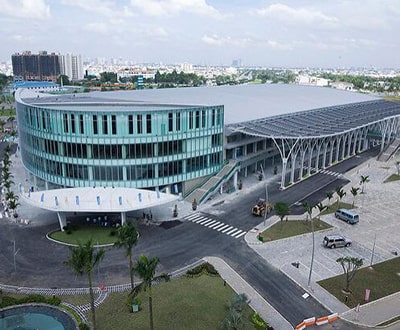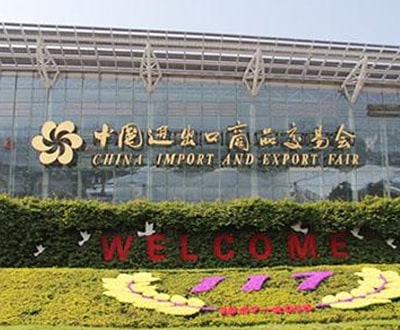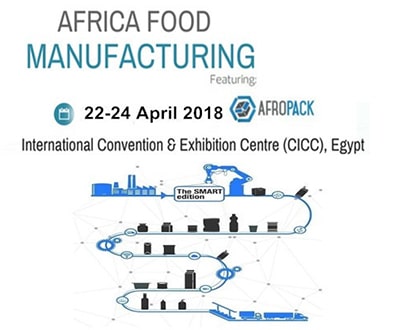How Flow Wrappers Are Adapting to Changing Trends
The packaging industry is continually evolving, driven by changing consumer preferences, sustainability concerns, and technological advancements. In this rapidly changing era, the packaging industry is at the forefront of innovation, and flow wrappers play a key role in adapting to these dynamic trends.
Flow wrappers, also known as horizontal flow wrap machines, have long been a staple for packaging a variety of products. As consumer demands and industry standards change, they are being redesigned and reimagined to meet the challenges of today and tomorrow.
This article takes an in-depth look at the evolving landscape of flow wrappers and explores how they are adapting to changing trends across the packaging industry.
The Foundation of Flow Wrappers
To understand how flow wrappers are adapting to changing trends, we must first know their fundamental design and functionality.
Flow wrappers are a type of packaging machine that automates product wrapping using flexible film. This packaging equipment envelops products as the film flows horizontally, creating secure and visually appealing packages. This fundamental process is the basis upon which horizontal flow wrappers continue to adapt and evolve.
Horizontal flow wrap machines operate by pulling packaging material from a roll, wrapping the product, and sealing the material horizontally at both ends. Excess material is then trimmed to form a sealed package. This versatile and efficient process can be adapted to different product sizes and shapes.
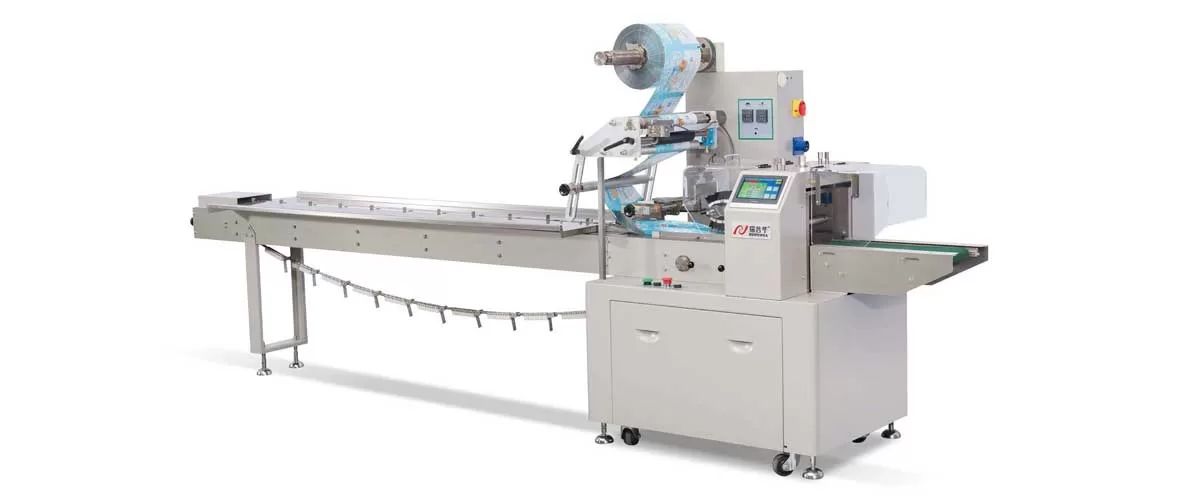
Consumer Demands for Convenience
One of the prominent trends shaping the packaging industry is the growing demand for convenience. As consumers with increasingly busy lives, they seek packaging that is easy to open, resealable, and suitable for consumption on the go. Flow wrappers respond to this trend by offering various features that enhance convenience.
Easy-Open Packaging
The modern evolution of horizontal flow wrap machines has seen the introduction of easy-open packaging solutions to meet the needs of convenience-seeking consumers. This innovation often includes the incorporation of tear notches or perforations into the packaging.
These thoughtful design elements make it easy for consumers to use the product without the need for additional tools, such as scissors. As a result, the product becomes immediately accessible, offering an experience that is not only hassle-free but also very user-friendly.
Resealable Options
Flow wrappers have also adapted to the growing consumer preference for resealable packaging, particularly suited for products meant to be consumed over multiple sittings. This adaptation involves integrating various resealable features into the packaging design.
Adhesive strips or resealable flaps are introduced, allowing consumers to effortlessly reseal the package after their initial use. This feature not only maintains the product’s freshness but also provides consumers with the added convenience of preserving and prolonging the quality of the contents within.
Portion Control
Furthermore, flow wrapping machines are remarkably aligned with the trend of single-serve and portion-controlled packaging, addressing consumers’ preferences for convenient and efficient ways to manage their serving sizes.
This functionality allows horizontal flow wrap machines to efficiently create individual portions of products, thereby empowering consumers to easily control their consumption.
This is great for those looking for healthier options and practical solutions in their fast-paced lives, making it clear that horizontal flow wrappers have seamlessly adapted to meet the demands of convenience-driven consumers.
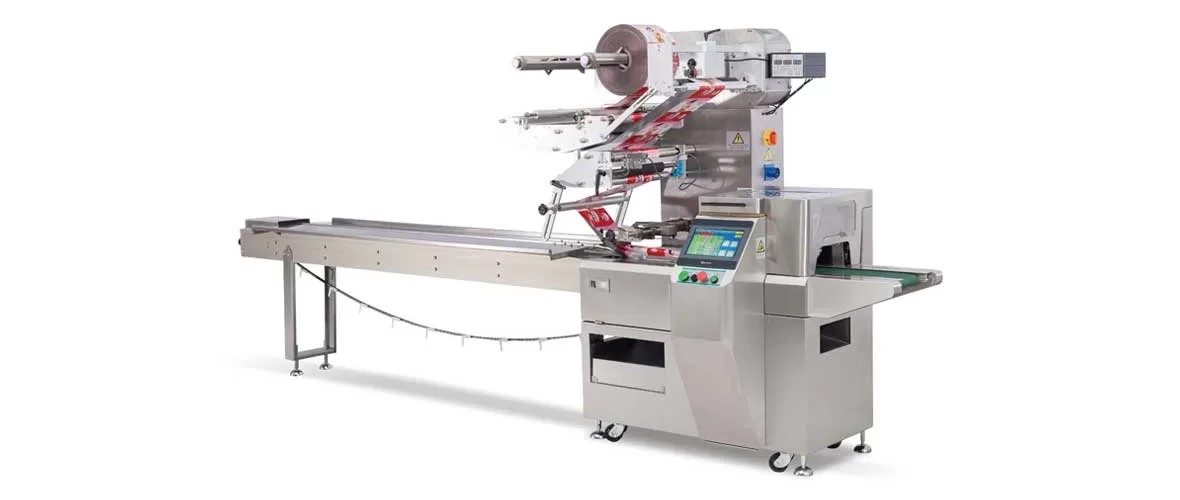
Sustainable Packaging Solutions
Sustainability is a driving force in the packaging industry, with both consumers and regulators pushing for environmentally friendly solutions. Flow wrappers are adapting to this trend by using sustainable packaging materials and minimizing waste.
Biodegradable Films
One of the outstanding sustainable initiatives in the field of flow packaging machines is the integration of biodegradable packaging films. These films are made from materials such as compostable plastics or plant-based alternatives. They are designed to break down more easily in the environment, reducing the environmental impact of packaging.
By opting for biodegradable films, flow wrappers demonstrate a commitment to reducing the overall environmental impact of the packaging industry. This evolution is not only a response to increased awareness but also a reflection of the industry’s collective commitment to delivering environmentally friendly solutions.
Reduced Material Usage
To meet sustainability goals, horizontal flow wrap machines are being optimized to use less packaging material. The reduction in material use not only reduces the carbon footprint but also contributes to cost efficiency.
Flow packaging machines are becoming increasingly leaner, with precisely measured material use for each package, which is in line with the broader ecological objectives of the packaging industry.
Energy Efficiency Flow Wrappers
Energy efficiency is another aspect of the sustainable packaging transformation in the field of flow packaging machines. Machines are now designed with a focus on energy saving, which is achieved through various innovative measures.
For example, improved heating elements ensure that less energy is consumed during the sealing process. Enhanced insulation helps retain heat within the machine, further reducing energy waste. This commitment to energy efficiency not only reduces operational costs but also enhances the environmentally friendly profile of flow wrappers.
Ruipuhua’s flow wrap machines are not only at the forefront of sustainable packaging but also at the vanguard of resource conservation, contributing to a greener and more eco-responsible packaging landscape.
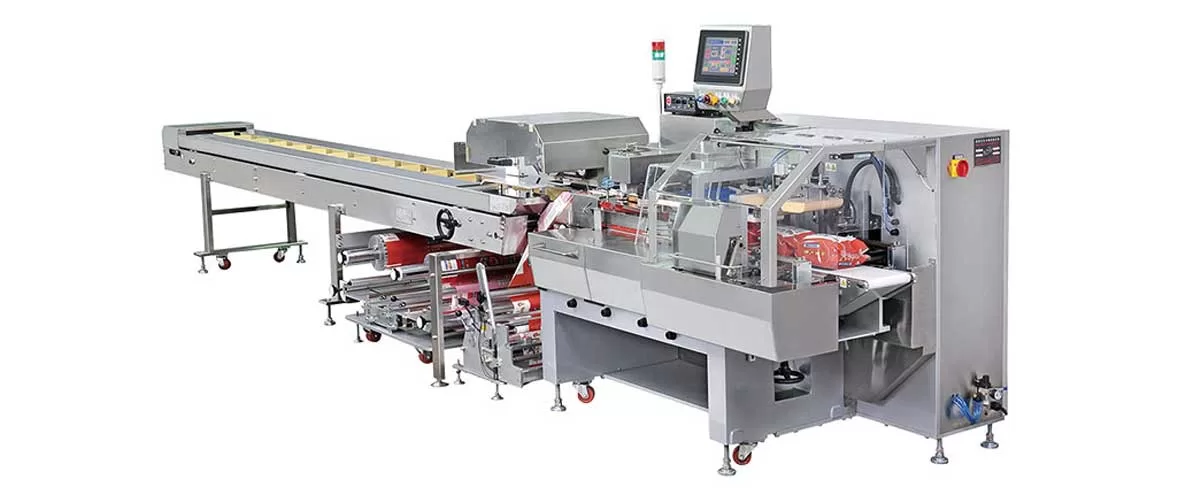
Versatility of Flow Wrappers for Different Product Types
Flow wrappers have always been recognized for their versatility in packaging a variety of products, and this adaptability continues to emphasize their importance in the packaging industry.
Food Products
Flow packaging machines are widely used to package a variety of food products, including baked goods, fresh produce, confectionery, and frozen foods.
They can be easily adjusted to handle different sizes and shapes, making them suitable for diverse food items. This flexibility is invaluable to food manufacturers who often deal with a variety of products requiring custom packaging solutions.
Non-Food Products
In addition to food products, flow packaging machines are also used for non-food products such as soaps, pharmaceuticals, and consumer goods.
The adaptability to seamlessly transition between these distinct product types is a defining feature that is favored by manufacturers in many industries. Their ability to package everything from delicious candies to protecting vital pharmaceuticals demonstrates their valuable role as versatile packaging solutions.
Product Shapes and Sizes
In an environment where product variety is unlimited, flow packaging machines respond to this situation by combining adjustable forming boxes, sealing mechanisms, and cutting devices. These sophisticated features ensure that the machines can easily adapt to products with irregular shapes, sizes, and configurations.
The ability of flow wrappers to adapt to a wide range of product changes solidifies their position as indispensable packaging machinery, meeting the specific needs of a dynamic and evolving market.
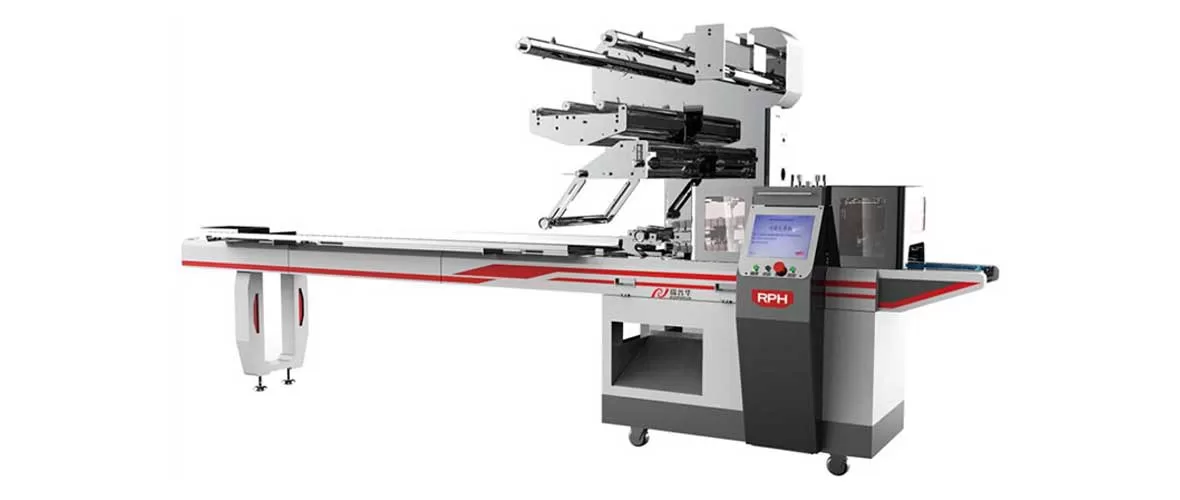
High Speed Packaging
Efficiency and speed have become critical in modern manufacturing, and flow packaging machines are no exception. They are continually adapting to meet the demand for high-speed packaging.
Variable Speed Control
Flow wrappers can be adjusted to operate at different speeds, ensuring that they can match the production requirements of various products.
Faster speeds are suitable for high-volume items, while slower speeds are better for delicate products. This dynamic speed control ensures that the machine is not only a universal solution, but also a versatile tool capable of optimizing efficiency for a wide range of products.
Automation Revolution
Automation is transforming flow packaging machines, with the integration of smart technology, sensors, and cameras. They have redefined the packaging process by minimizing the need for manual adjustments while ensuring impeccable packaging quality.
Smart technology and sensors enable flow packaging machines to adapt autonomously to changing conditions, ensuring packaging accuracy and consistency for each product.
In essence, automation elevates flow wrappers to a level of operational sophistication that not only enhances speed but also underscores their unwavering commitment to efficiency, thereby solidifying their relevance in a world that prizes precision and rapidity.
Flow Packaging Machine Challenges and Solutions
While flow packaging machines are known for their adaptability, they also face some challenges. These challenges require innovative solutions to ensure their continued efficiency and effectiveness.
Film Waste Reduction
A pressing challenge in the field of flow packaging machines is reducing film waste. Over time, excess packaging materials accumulate, causing environmental problems and increased production costs. In response, some flow wrappers are now equipped with cutting-edge systems designed to minimize film waste.
These systems include highly efficient cutting and sealing mechanisms that are not only environmentally friendly but also cost-effective. By solving this problem, Ruipuhua is actively contributing to more sustainable and resource-efficient packaging processes.
Equipment Maintenance
Regular maintenance is essential to keep flow wrappers performing at their best. To meet this challenge, Ruipuhua is investing in user-friendly maintenance features that simplify the upkeep of flow wrappers.
In addition, we provide comprehensive training for machine operators and maintenance personnel to keep machines running smoothly. By doing this, potential challenges related to downtime and repairs can be mitigated, ensuring that flow packaging machines continue to be a reliable workhorse in the production line.
Meeting these challenges head-on with innovative solutions demonstrates the industry’s commitment to keeping flow packaging machines at the forefront of modern packaging solutions.
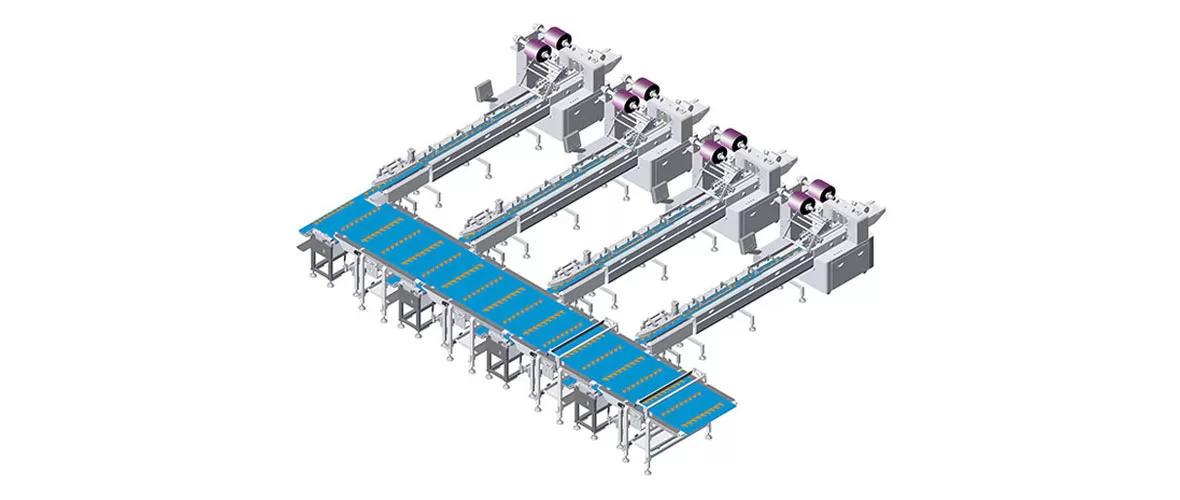
The Future of Flow Wrappers
The world of flow wrappers is constantly evolving and adapting to the changing trends and needs of the packaging industry. Looking ahead, significant developments will occur in several key areas that will shape the future of flow packaging machines.
Advanced Automation
Flow packaging machines continue to evolve and feature advanced automation, data analysis, and real-time monitoring capabilities. This will further increase efficiency and reduce downtime.
Sustainable Materials
The adoption of sustainable packaging materials is on the rise, responding to the growing global awareness of environmental well-being. As the market for sustainable products continues to expand, flow packaging machines are preparing to work harmoniously with a wider range of environmentally friendly materials.
Customization and Personalization
The age of mass production is giving way to the age of personalization, and flow packaging machines are ready to embrace this shift. The demand for customized packaging is expected to soar, and flow wrappers will meet this demand by offering advanced printing and labeling options.
Versatility Across Industries
Flow packaging machines have always been known for their adaptability and commitment to pushing the boundaries of versatility. They will continue to evolve, adapting to a more diverse range of product types and sizes, making them a staple across a variety of industries.
Conclusion
In the ever-evolving landscape of the packaging industry, flow wrappers are emerging not just as machines, but also as dynamic and adaptable solutions.
From meeting growing demands for convenience and sustainability to demonstrating their versatility and strength in high-speed packaging, flow packaging machines continue to prove their resilience and flexibility. These machines actively embrace innovation to meet the ever-changing needs of manufacturers and consumers.
Looking to the future, we can foresee that flow packaging machines will continue to be at the forefront of packaging solutions, shaping the industry to adapt to the trends of the times.
-
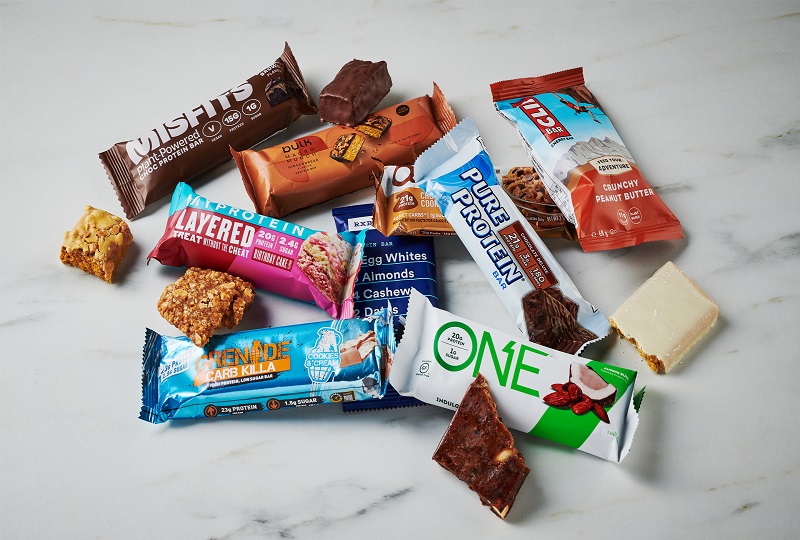 01
01Further Discussion About Protein Bar Packing Machinery
27-02-2024 -
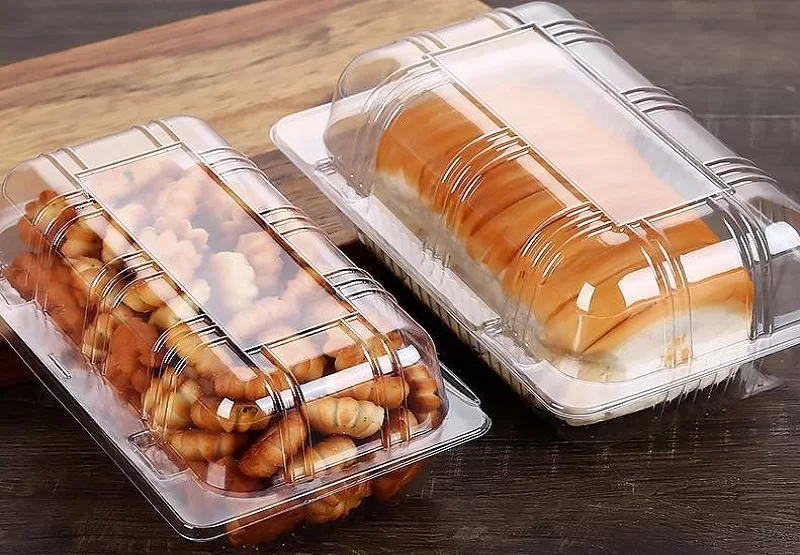 02
02Sustain The Best Crispy With Automatic Packaging Machines
29-01-2024 -
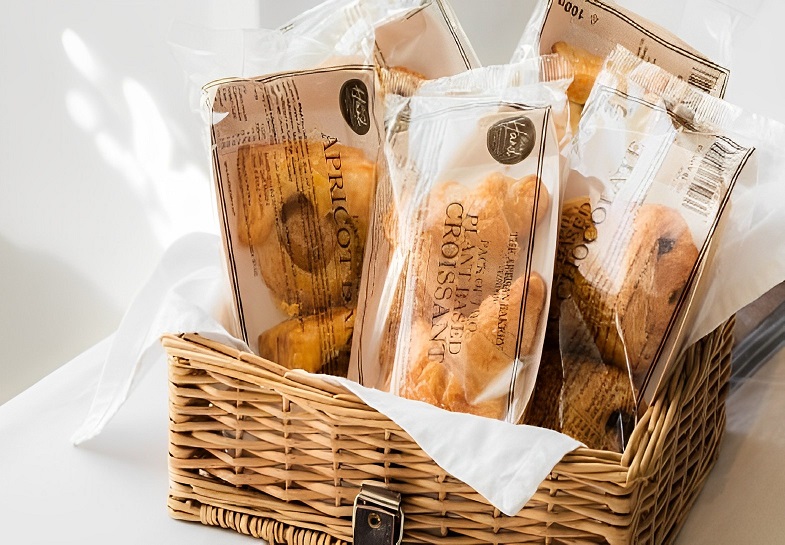 03
03Bread Packing Machine For Bakery Business
19-01-2024 -
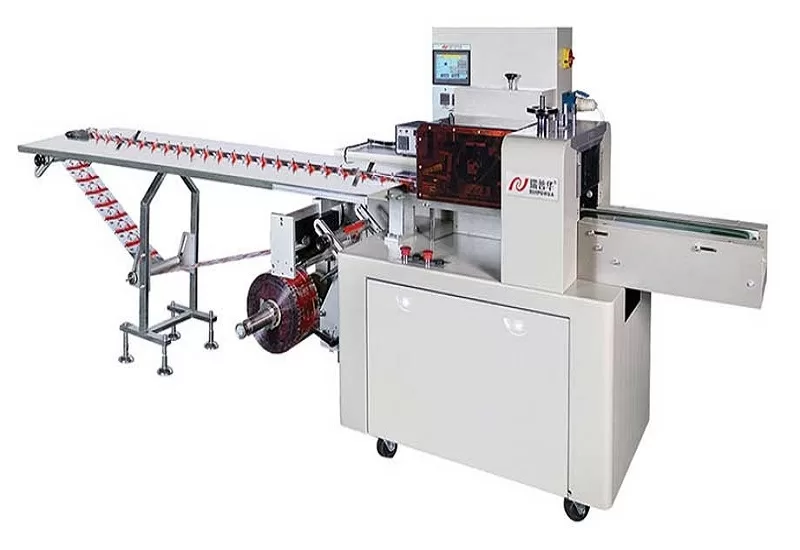 04
04How Flow Wrappers Are Adapting to Changing Trends
01-11-2023 -
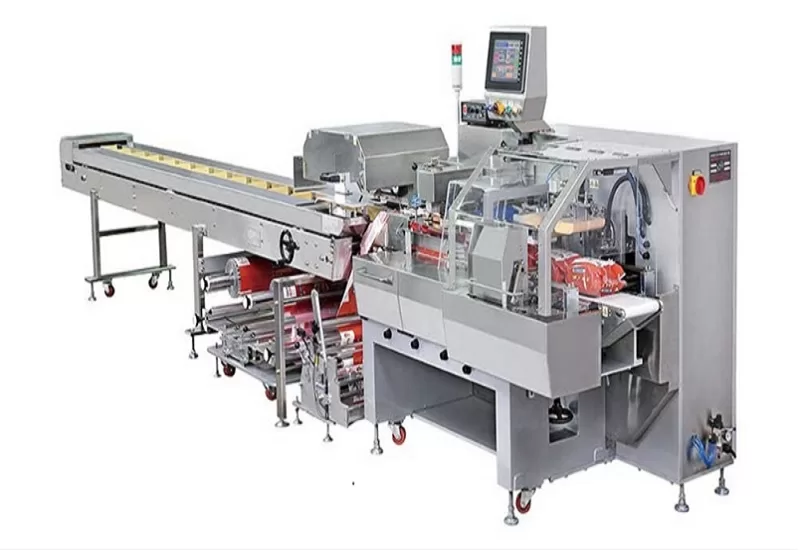 05
05The Comprehensive Guide to Packaging Machinery
31-10-2023 -
 06
06Automatic Cookie Packaging System Performance
01-09-2023 -
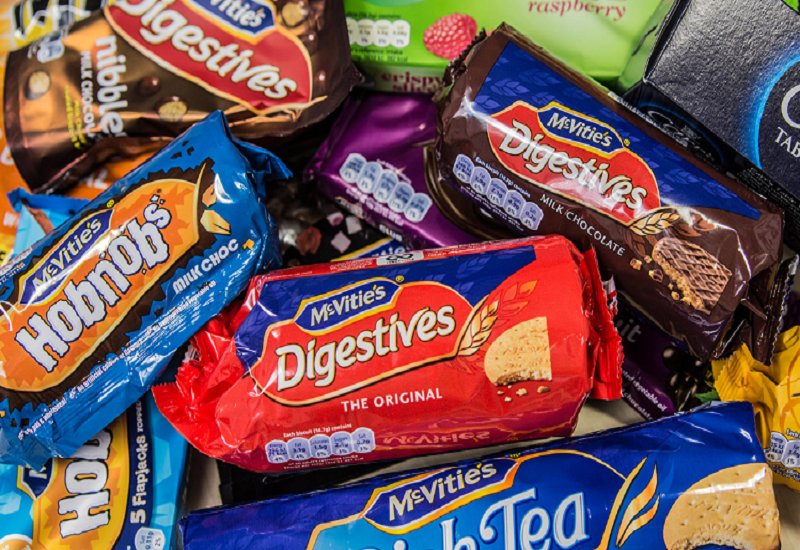 07
07Streamlining Biscuit Packaging with Multipack Biscuit Packaging Machines
25-08-2023 -
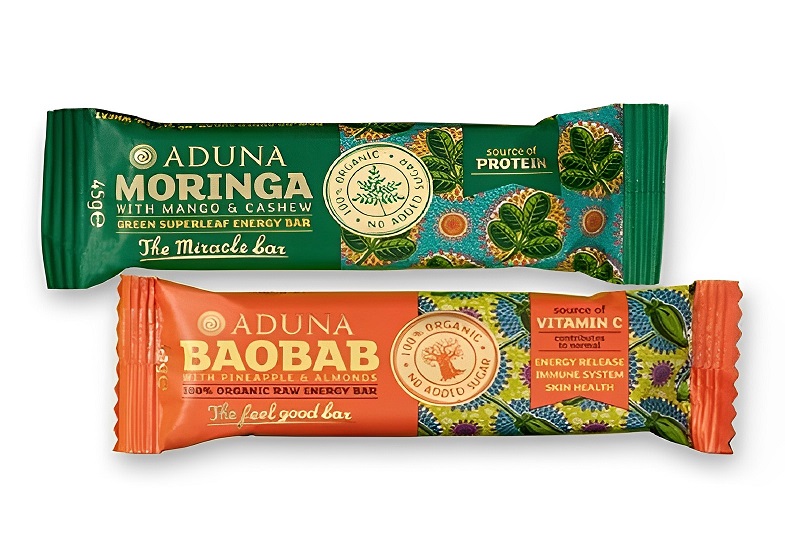 08
08From Assembly To Shipping: The Energy Bar Packaging Machine Does All
28-02-2023 -
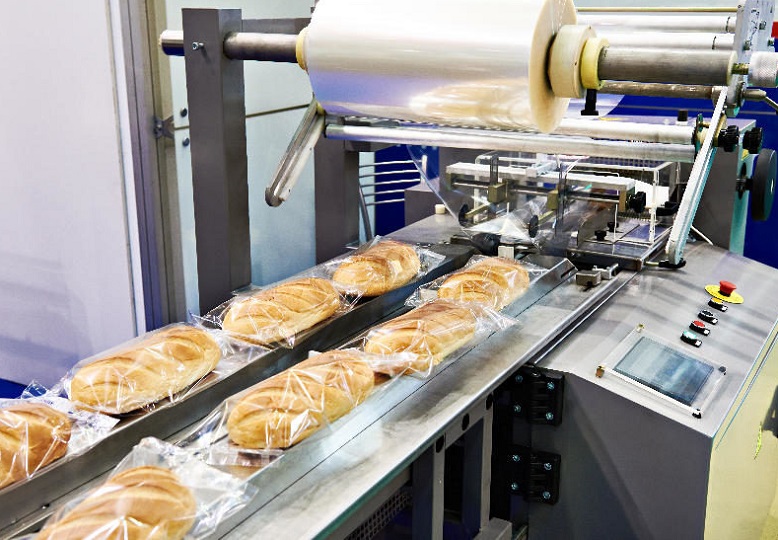 09
09Maximizing Efficiency With Food Packaging Machine Technology
22-02-2023 -
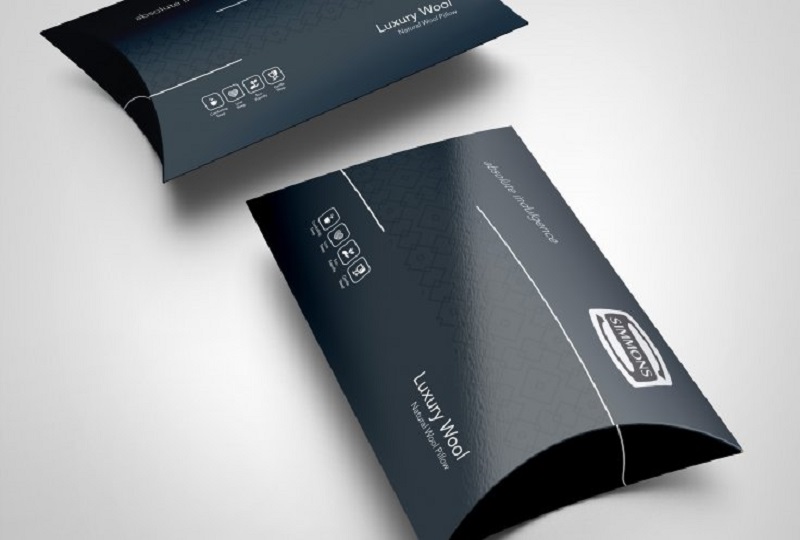 10
10Clients Hunt For Professional And Functional Packaging Machine
10-11-2022



